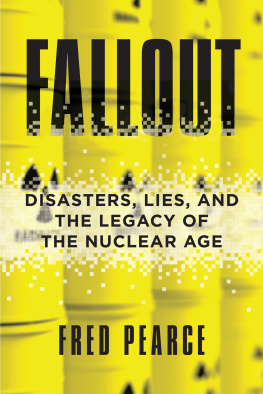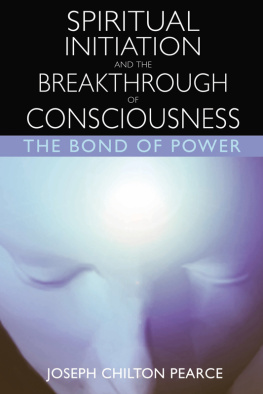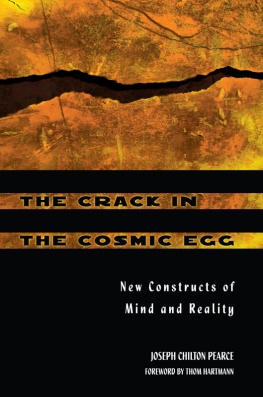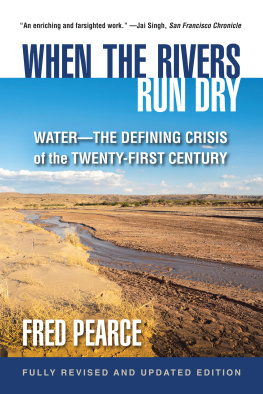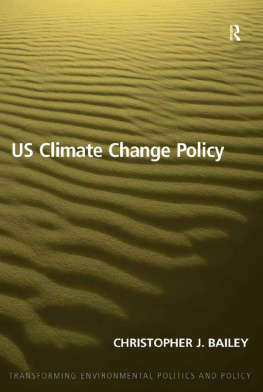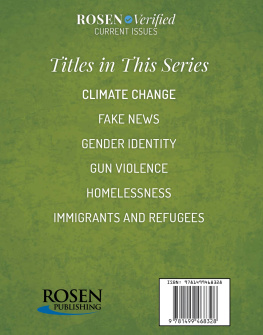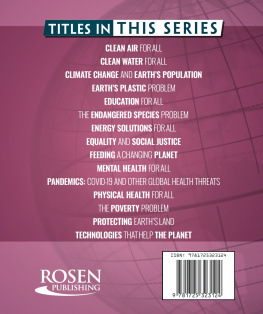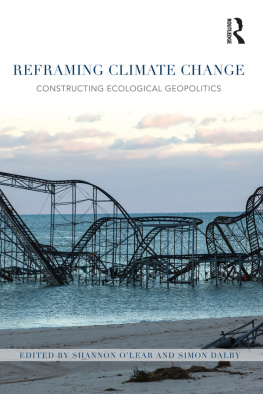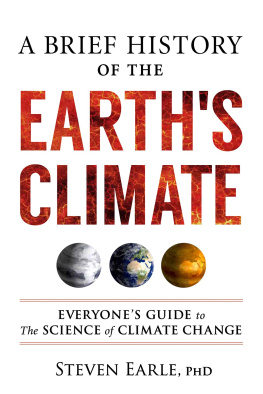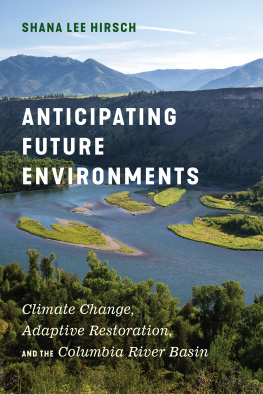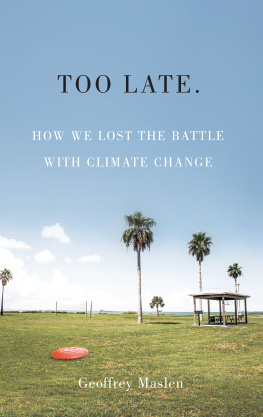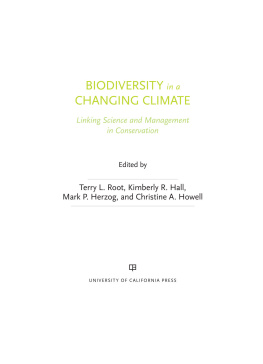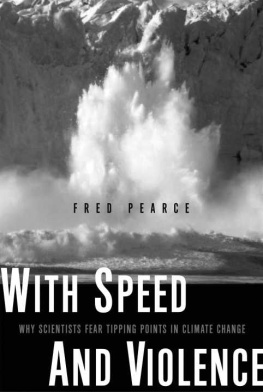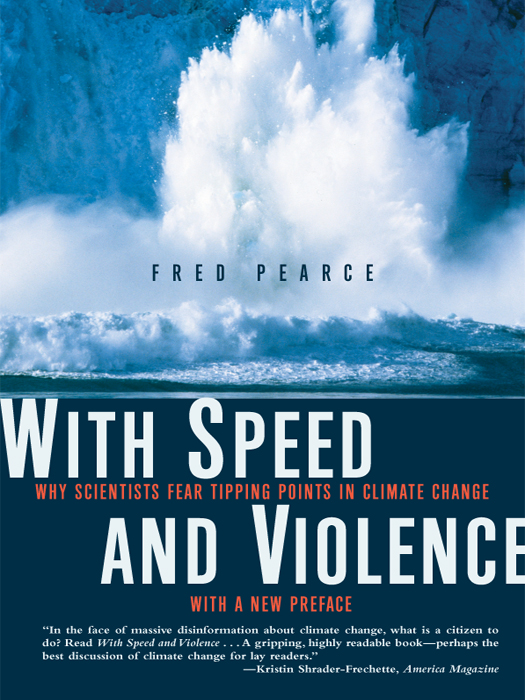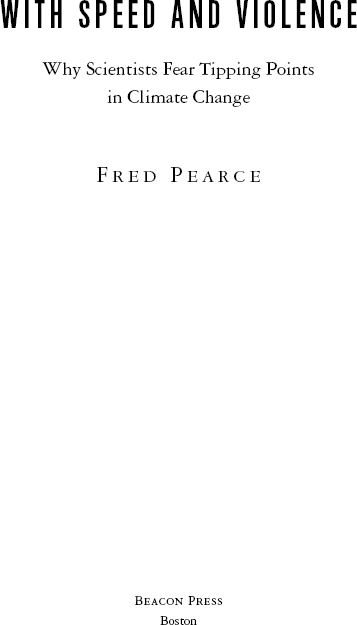Contents
I.
5.
II.
10.
III.
16.
IV.
20.
V.
25.
VI.
31.
VII.
35.
VIII.
CHRONOLOGY OF CLIMATE CHANGE
5 billion years ago Birth of planet Earth
600 million years ago Last occurrence of Snowball Earth, followed by warm era
400 million years ago Start of long-term cooling
65 million years ago Short-term climate conflagration after meteorite hit
55 million years ago Methane megafart from ocean depths causes another short-term conflagration
50 million years ago Cooling continues as greenhouse-gas levels in air start to diminish
25 million years ago First modern ice sheet starts to form on Antarctica
3 million years ago First ice-sheet formation in the Arctic ushers in era of regular ice ages
100,000 years ago Start of most recent ice age
16,000 years ago Most recent ice age begins stuttering retreat
14,500 years ago Sudden warming causes sea levels to rise 65 feet in 400 years
12,800 years ago Last great cold snap of the ice age, known as the Younger Dryas era, is triggered by emptying glacial lake in North America and continues for around 1,300 years before ending very abruptly
8,200 years ago Abrupt and mysterious return to ice-age conditions for several hundred years, followed by warm and stable Holocene era
8,000 years ago Storegga landslip in North Sea, probably triggered by methane clathrate releases that also bolster the warm era
5,500 years ago Sudden aridification of the Sahara
4,200 years ago Another bout of aridification, concentrated in the Middle East, causes widespread collapse of civilizations
1,200 to 900 years ago Medieval warm period in the Northern Hemisphere; megadroughts in North America
700 to 150 years ago Little ice age in the Northern Hemisphere, peaking in the 1690s
1896 Svante Arrhenius calculates how rising carbon dioxide levels will raise global temperatures
1938 Guy Callendar provides first evidence of rising carbon dioxide levels in the atmosphere, but findings ignored
1958 Charles Keeling begins continuous monitoring program that reveals rapidly rising carbon dioxide levels in the atmosphere
1970s Beginning of strong global warming that has persisted ever since, almost certainly attributable to fast-rising carbon dioxide emissions, accompanied by shift in state of key climate oscillations such as El Nio and the Arctic Oscillation, and increased melting of the Greenland ice sheet
Early 1980s Shocking discovery of Antarctic ozone hole brings new fears of human influence on global atmosphere
1988 Global warming becomes a front-page issue after Jim Hansens presentations in Washington, D.C., during U.S. heat wave
1992 Governments of the world attending Earth Summit promise to prevent dangerous climate change but fail to act decisively
1998 Warmest year on record, and probably for thousands of years, accompanied by strong El Nio and exceptionally wild weather, especially in the tropics; major carbon releases from burning peat swamps in Borneo
2001 Government of Tuvalu, in the South Pacific, signs deal for New Zealand to take refugees as its islands disappear beneath rising sea levels
2003 European heat wavelater described as the first extreme- weather event attributable to man-made global warmingkills more than 30,000; a third of the world is reported as being at risk of drought: twice as much as in the 1970s
2005 Evidence of potential positive feedbacks accumulates with exceptional hurricane season in the Atlantic, reports of melting Siberian permafrost, possible slowing of ocean conveyor, escalating loss of Arctic sea ice, and faster glacial flow on Greenland
THE CAST
Richard Alley, Penn State University, Pennsylvania. A glaciologist and leading analyst of Greenland ice cores, Alley is one of the most articulate interpreters of climate science. He has revealed that huge global climate changes have occurred over less than a decade in the past.
Svante Arrhenius, a Swedish chemist. In the 1890s, he was the first to calculate the likely climatic impact of rising concentrations of carbon dioxide in the atmosphere, and thus invented the notion of global warming. Modern supercomputers have barely improved on his original calculation.
Gerard Bond, formerly of Lamont-Doherty Earth Observatory, Columbia University, New York. A geologist, Bond was one of the first analysts of deep-sea cores; until his death, in 2005, he was an advocate of the case that regular pulses in solar activity drive cycles of climate change on Earth, such as the little ice age and the medieval warm period.
Wally Broecker, Lamont-Doherty Earth Observatory, Columbia University. An oceanographer and one of the most influential and controversial U.S. climate scientists for half a century, Broecker discovered the ocean conveyor, a thousand-year global circulation system that begins off Greenland and ends in the Gulf Stream, which keeps Europe warm.
Peter Cox, UK Centre for Hydrology and Ecology, Wareham. Cox is an innovative young climate modeler of aerosols likely role in keeping the planet cooland of the risks that land plants will turn from a sink for to a source of carbon dioxide later in this century.
James Croll, a nineteenth-century Scottish artisan and self-taught academic. After many years of study, he uncovered the astronomical causes of the ice ages, a discovery that was later attributed to the Serbian mathematician Milutin Milankovitch.
Paul Crutzen, Max Planck Institute for Chemistry, Mainz, Germany. An atmospheric chemist who won the Nobel Prize in 1995 for his work predicting the destruction of the ozone layer, Crutzen pioneered thinking about stratospheric chemistry, the role of man-made aerosols in shading the planet, and nuclear winter, and coined the term Anthropocene.
Joe Farman, formerly of the British Antarctic Survey, Cambridge. Farmans dogged collection of seemingly useless data was rewarded by discovery of the ozone hole over Antarctica.
Jim Hansen, director of NASAs Goddard Institute for Space Studies, New York. Hansens unimpeachable scientific credentials have preserved his position as President George W. Bushs top climate modeler (as this book goes to press), despite his outspoken warnings that the world is close to dangerous climate change, which have clearly irked the Bush administration.


